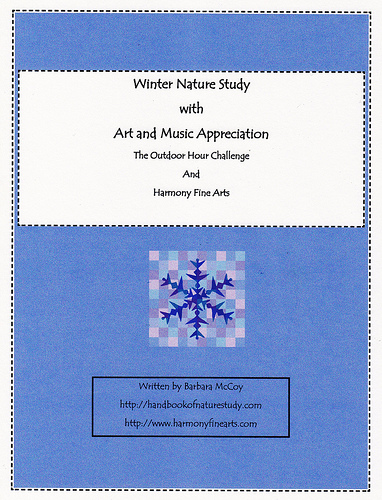Outdoor Hour Challenge
Winter Series Ebook
Early Spring Flowers
“The tulips blossom early, because they have food stored in the bulbs the year before, ready to use early in the spring….These observations may be made upon tulips in school gardens or bouquets.”
Handbook of Nature Study, page 554
Inside Preparation Work:
This challenge is to learn a few things about spring flowers and then observe some up close.
Suggested sections in the Handbook of Nature Study:
- The Crocus: pages 547-549 (make sure to note that it has corms, not bulbs)
- The Daffodils and their Relatives: pages 549-552
- The Tulip: pages 552-555
If you can look at real bulbs and observe and sketch them in your nature journal, take time to discuss and compare a bulb to a seed.
Outdoor Hour Time:
Spend your outdoor hour time this week looking for signs of spring bulbs or flowers. If you planted some bulbs in the fall, take a look for any new growth. You may have neighbors that have bulbs sprouting and blooming or there may be some at a near-by park. Many flower nurseries will have blossoming bulbs you can purchase and observe as well.
Follow Up Time:
Use a few of the suggestions from the Handbook of Nature Study (pages 548, 551, and 555) to study your spring flowering bulbs. You can record your observations on the notebook page from the Winter Nature Study ebook, a blank notebook page from the blog sidebar, or in your own nature journal.
Journal Suggestions:
- Sketch the shape of your flower and record the number of petals.
- Look for the different flower parts: stigma, petal, sepal, anther, stem, leaves. (See page 548, 551, and 554 of the Handbook for diagrams.)
- Observe the flower’s colors.
- Describe the stem’s shape and compare it to other flowers.
- Study and sketch a flower bulb.
- Watercolor drawings can be made of any of your early spring flowers.





